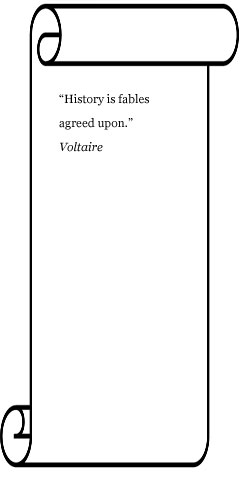Beyond Normandy:
Designer Musings
By Brian L. Knipple
January 2013
I research game topics initially by what
speaks to me from constant reading of a wide
variety of books (ask my wife — they
are all over the house and she is continually
placing them on the stairs to the game room).
The battle for Normandy has always been a
favorite, and I was reading several books
on the fighting in front of and around the
city of Caen. I began with the Canadians and
took an interest in their drive south during
the first few days following the invasion.
Additional reading on the fighting in the
Odon valley to the west, for purposes of identifying
actions related to the Canadian battles, led
to my interest shifting to the British attempt
to outflank Caen and force a German retreat
from the city rather than the heretofore unsuccessful
efforts to smash into the city by brute force.
My interest grew as the Odon battles were
a clash between a British Army that had for
years trained for war and the still-formidable
German armored and mobile forces intent on
driving the invasion into the sea. The British
Army of 1944 was artificially large, inexperienced
and, as it turned out, not very well prepared
for the costly battle to break out of the
beachhead. The German Army deployed against
them represented the best the Germans had
to offer at that stage of the war. Each sought
to force the other back, and their clash was
so engaging on so many levels that I was bitten.
The campaign to outflank Caen to the west
was conducted within a well-defined area and
over a short enough span of time that it made
a study as well as a game.
Other Panzer Grenadier titles group
scenarios by front and period, but have only
limited continuity in the operational sense
due to the separation in time of most of the
situations. Here were a significant number
of actions within a short span of time, all
sharing a common thread. As I researched each
scenario I found that the relationship of
each to the preceding and succeeding scenarios
gave me a sense of continuity and a clearer
view of the overall situation. The fact that
the battle raged almost continuously for the
whole of the period covered by the game gives
one the opportunity to stand in the division
and corps commanders' shoes as each attempts
to accomplish their real objectives. The
battle began with high hopes, encouraged by
General Bernard Montgomery’s optimistic
expectation that the German line would be
driven beyond Caen and the city’s defenders
would be forced to withdraw to prevent being
trapped. Unfortunately for the British soldiers
involved, but fortunately for the Allied cause,
the Germans were at the same time planning
an attack against the British, and gathered
their strongest formations west of Caen.
When the British attack opened, the Germans
were quickly forced to commit their armored
forces to contain the offensive. Each succeeding
renewal of the offensive by the British forced
a further commitment of German mobile forces
and in the end so wore them down that they
abandoned any attempt to drive the Allied
bridgehead into the sea. All the while, as
the battle raged just west of Caen, the all-but-unnoticed
American buildup south of the Cotenin peninsula
went ahead.
Historians, British and American
alike, have accused General Montgomery of
bombastic optimism and poor command skills.
After delving into the subject, I must admit
that I can see his side of the issue. Ordered
to take Caen and attract German armored forces,
he managed to do the latter while attempting,
but ultimately failing to accomplish, the
former. His loudly touted statements drew
further attention to British efforts and may
have been intended, in part, to convince the
Germans of the seriousness of the attacks.
That his words so poorly served those men
under his command is inexcusable, and in the
end it is his brusque manner and pompous attitude
that is remembered rather than his successful
completion of a thankless task.
Beyond Normandy Clarifications
• Download corrected counters here
(3.4 MB PDF).
• All British AFV units have inherent
tank leaders and are efficient.
• Hedges provide a -1 column shift
for direct fire and a -1 drm for anti-tank
fire.
• The note about hills and increased
spotting range on the back of the scenario
book is wrong. Each elevation level adds six
hexes for spotting (as correctly stated in
the special rule for hills).
• All woods hexes in Beyond Normandy
are light woods. The values on the back
of the scenario book are correct.
• The maps are not numbered:
Map #1 has the towns of Tourville, Gavrus
and Coeville.
Map #2 has Hill 112 & the towns of
Fontaine-Etoupefour & Versoz.
Map #3 is the small map with St Mauvieu
on it.
• SS 105mm guns should have white,
indirect fire values.
• German halftracks have an armor
value of 0.
• British Bren carriers should all
have a movement value of 7.
• Terrain effects are not cumulative
for Towns/Woods hexes. Use the Town effects.
• SS PZIVH tanks should have a movement
of 8.
• In Scenario 15, the British off-map
artillery value chart should be the same as
in Scenario 14.
Put this on your table! Order Beyond Normandy right now! |


